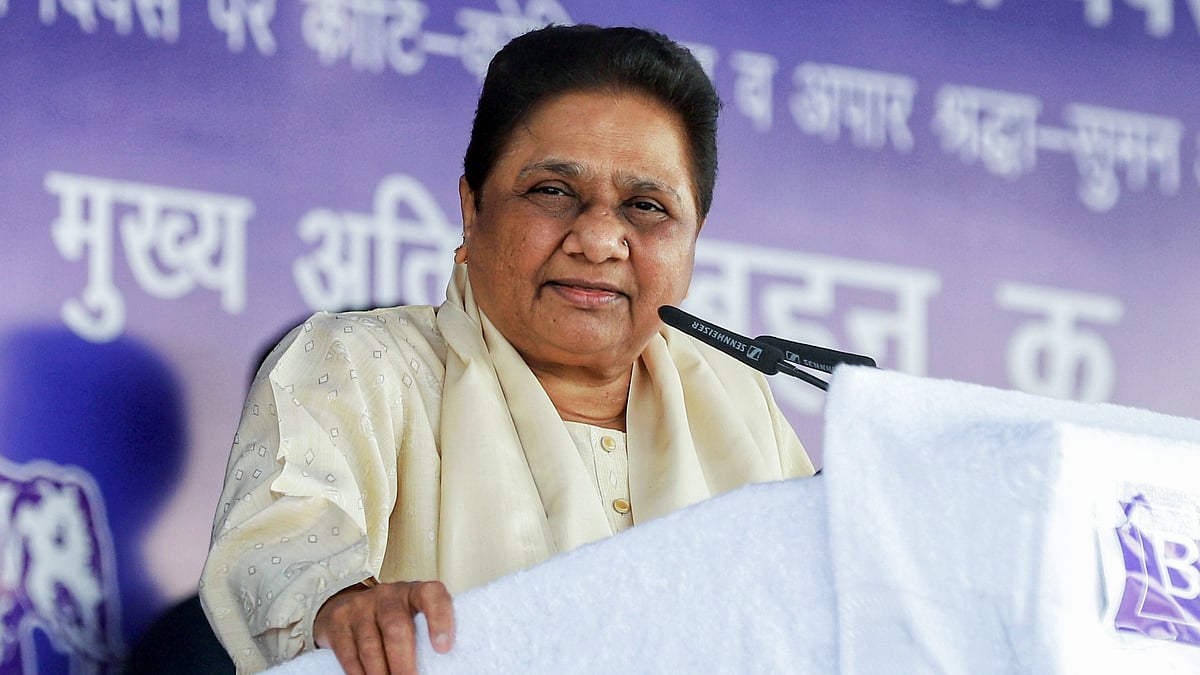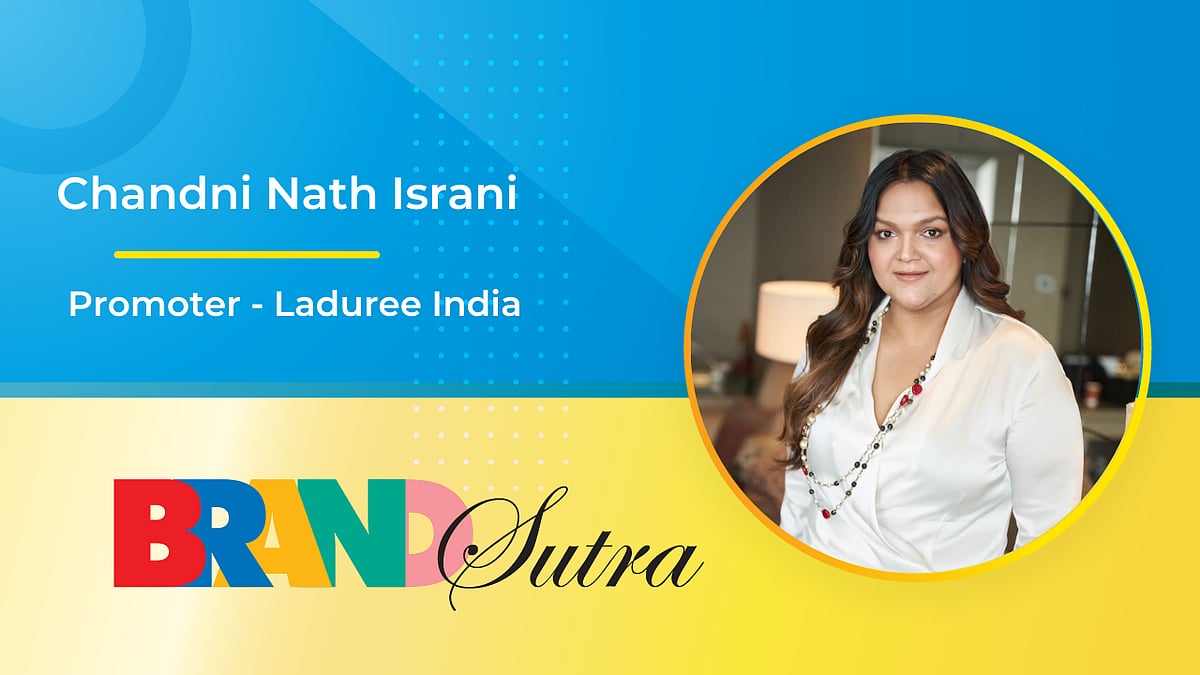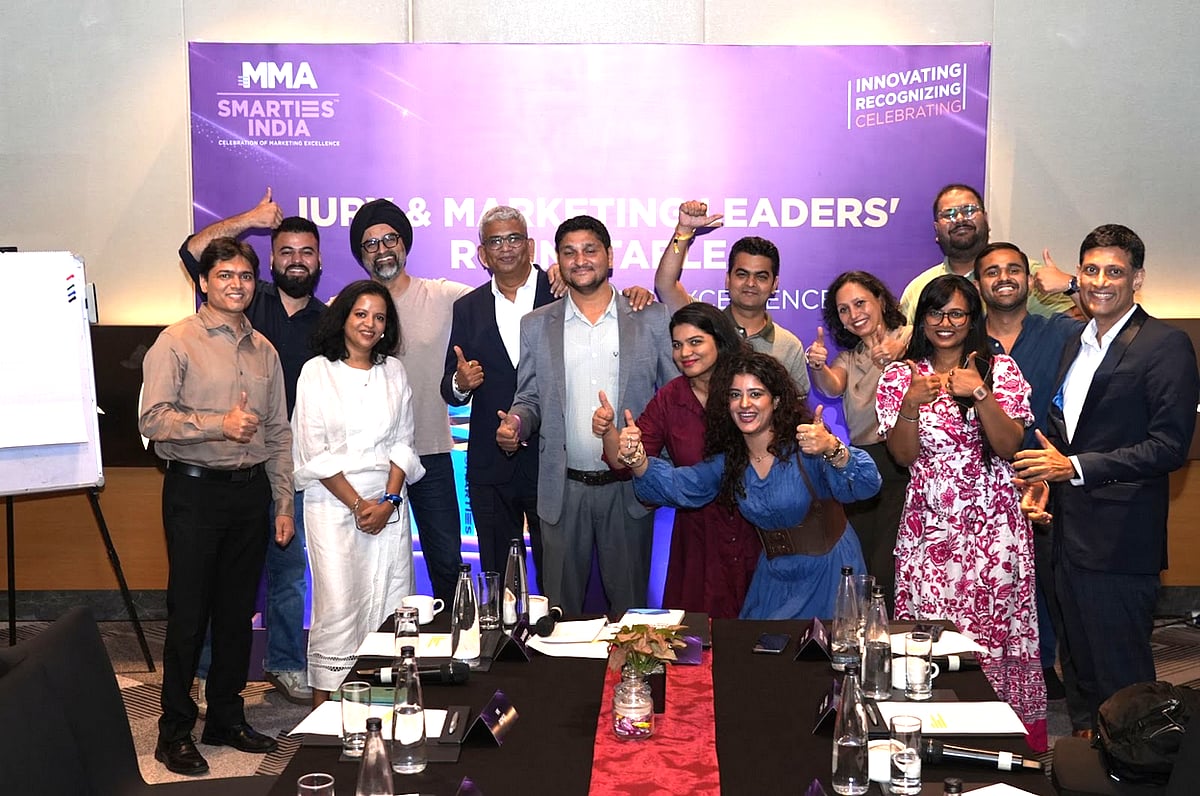“We are not trying to replace Zara. We are trying to be a ‘rooted in India’ brand that is an alternative to Zara for the Indian woman,” says 28-year-old Shivani Agarwal, CMO and Co-founder at women’s fashion brand Uptownie.
Keeping the Indian woman’s sensibilities and preferences firmly in focus is key to Uptownie, which was founded by her elder sibling and Managing Director Priyanka in 2015. From the colours to the cuts, everything is made for the Indian consumer, underlines Shivani. It helps that the women running the show, averaging 30 years, are creating for their ilk.
Shivani speaks with a measured confidence about the approach to growing the brand and the road ahead. The confidence stems from the acceptance of the product in the market. And the pace at which she speaks is somewhat in line with the rate at which the company has been growing, especially in the last couple of years.
Priyanka started the Kolkata-headquartered company with a seed capital of Rs.70 lakh from the family. It broke even in about two and a half years of launch. Uptownie crossed Rs.10 cr in revenue in FY21, doubled that the next year, clocked Rs.30 cr in FY23 and is on track to double that while maintaining an EBITDA of 18 pc.
It wasn’t just the seed capital that came from the family. Their grandfather moved to Kolkata at the age of 17. He studied to be a CA and worked with relatives in the city. He then worked with the RPG Group, learnt how to run a jute business and set up his own, exporting jute bags for industrial and agricultural packaging.
“My family background definitely played a part – particularly in whetting my risk taking appetite – but the main driver was my personal experience of the ease of e-commerce apparel shopping in the west. My college, Duke University, was in a relatively less urbanised part of the US, and getting to physical stores was challenging. So e-commerce there really changed the way I shopped, and I wanted to bring this ease to consumers in India while giving them a high quality product, rooted in India, but in touch with global trends. I didn't see that in the Indian market and thought it would be a good white space to explore,” says Priyanka.
There’s another facet of Uptownie as a business that draws from the roots of the founders, their education and the family: staying firmly rooted in business basics.
“This (coming) year we should improve margins because the D2C business has grown 6x between January 2023 and now. Priyanka and the team have kept the operations very tight. We don’t have a burn-and-grow mindset. We are conscious of needing to do a lot with very little. We will not chase insane but unsustainable growth. We come from a business (Marwari) community where people have a conservative and not a ‘new age’ (startup) mindset. We’re just marrying that with new age practices,” explains Shivani, who joined the business less than two years ago.
Product and Positioning
The CMO has pushed the pedal on performance marketing with the same more-for-less mindset. She attributes the brand’s growth to performance marketing, content and product development. On Instagram, the brand’s follower count has spiralled to over 250k.
“Performance has worked well for us and profitably. We don't boost the content on Insta yet it has grown. Content is really the future of any D2C brand. It’s easy for someone to copy your product. It’s not so easy to copy your vibe,” notes Shivani.
That said, she underlines the role of the product-market fit, reminding us that performance marketing works well when there is that fitment.
“We are very passionate about product development. We are part of the very TG we address. There are nuances like colours – Indian women prefer richer colours, for instance. We try to understand the small things that make an impact on product development,” she adds.
The profile of customers ranges from 18-19 years to 40-45 years. The growing D2C share also helps gather data, feeding back to the product line. The number of customers from tier 2 cities and non-metros is also growing, says the CMO. Cities like Jaipur, Ahmedabad, Raipur and Pune, besides several in UP, are lapping up the chic western wear Uptownie offers.
The name ‘Uptownie’ stands for a certain positioning. We asked Priyanka if that could be limiting for the brand. Does it see opportunities beyond its core of chic western wear?
She responds. “It stands for aspiration. Uptown represents an aspiration – as a brand we seek to be both aspirational and relatable. We are a chic western wear brand, and want to build out our brand by going deep into all categories across western wear. Our brand positioning and name allows us to expand into categories such as activewear, swimwear, footwear, accessories etc. down the line.”
The average selling price at a product level is around Rs.1,000 and the average bill size is about Rs.1,800 on the brand’s site. On marketplaces, the bill size drops to Rs.800. In terms of pricing, Uptownie is at around 50 pc of a brand like Zara – but without compromise, underlines Shivani.
She explains, “The price is lower but for a product that is not a compromise. We use the best quality materials and are able to price it at this level because of how we manage the supply chain. The Indian consumer has evolved from being price conscious to value conscious.”
The founders are also engaged now in creating content themselves on channels like Instagram, for a reason – people tend to associate brands with their founders, reasons the CMO. A combination of that and influencer content is what will drive the brand, with less reliance on performance marketing.
“In the next five to six months, we hope to see the real results of that,” she adds. The spends on performance have already come down significantly for the brand in the last year.
Asked about the role of advertising, Shivani cedes that it is important, but not as important as the product itself.
“Most global D2C growth can be tracked to product. The product needs to do the talking,” she says. When the product is right, it also has a way of advertising itself. She cites the case of an influencer with 5,000 followers who posted about a Rs.450 top – it garnered about a million views organically, resulting in hundreds of orders.
Offline Expansion
From being an online brand, Uptownie will enter retail chains in 2024. In February/March, the brand will open shop-in-shops starting with Shoppers Stop. After entering more chains, it intends to open its own stores in the calendar year. Will the bootstrapped company raise funds for the same?
Says Shivani, “Raising money isn’t the only way to grow. For us it is important to grow organically and profitably. A lot of investor conversations have happened. When we go offline, more than investor money, investor expertise and mentorship in physical retail will be critical.”
Uptownie is also working to launch its own app this year. Online, the plan is to shift the game from the Amazons and Flipkarts of the world to Myntras and Nykaas, which are more fashion driven rather than price driven.
Inclusive Play
Shivani points out that the retention efforts are bearing fruit, with 30 pc of buyers being repeat customers.
In the D2C play, it is critical to speak to consumers day in and day out, underlines the CMO. She spends an hour each day doing customer calls. A look at the website and Insta handle tells us that the brand takes its Indian-ness seriously. The homegrown brand’s handle says: “#Dressthepart in clothes made for every Indian shape and size”. The choice of models stays true to that pitch.
Uptownie today is defined fluidly but sharply as: “A brand to bring out individuality and confidence in a woman. To challenge beauty stereotypes. To get women to unabashedly celebrate their own bodies. As a medium to give the woman of today a chance to express her best self. A brand that envisions a world where every body shape and size is celebrated.”
Did this positioning and its articulation evolve over time?
Founder Priyanka explains, “Our brand philosophy has been fairly consistent since launch. Women empowerment is at the core of our business. At the back end, the team is largely women led, completely women founded and managed, and we constantly seek to recruit and train young Indian women. And at the front end, we want to make our consumers’ lives easier, their clothing choices more comfortable, yet stylish so it makes them feel confident. We hope to further expand our offering to become more size inclusive, and to continue to celebrate the beauty and confidence of Indian women.”
We asked Priyanka, who started the company in her mid-20s, about the toughest phases of the business.
“I think that's a complicated question because what is tough, that goal post, continuously changes as the company grows. There are new challenges thrown everyday. But I guess the toughest thing is not getting distracted and really just focusing on our own path and working towards that in spite of all the noise around,” she says.
The response tells us that the young entrepreneurs continue to have their feet firmly on the ground, while moving the needle on fashion for the Indian woman.










